Details
to the test report of the Sony 7rm3 in our blog
Sony Alpha ILCE 7R Mark III (ILCE-7RM3) Body
The Sony 7r Mark III (m3), an ILCE model (Interchangeable Lens Camera, E-mount), brings quite a few innovations as a professional camera: Nearly 399 phase autofocus points serve almost 70 percent sensor area with 425 contrast points - already the eye focus doubles its practical performance. Furthermore, optical five-axis image stability enables an additional 5.5 f-stops. Videography succeeds the α7RM3 with more than 4K - without restriction in the readout of the pixels and without their binning.
Professionals will appreciate the significantly longer battery life, two SD slots and SuperSpeed USB 3.1 Gen 1, Type C. At just 652 grams, the compact-bodied DSLM camera is easy for most photographers to handle. Especially large hands use the new 7R comfortably with a handgrip, otherwise heavy interchangeable lenses interfere with comfortable handling.
The ILCE-7R M3 from Sonys ILCE7 series increases the performance of its direct predecessor very significantly in image processing: continuous shooting with constant refocusing, high dynamic range of 15 stops, rear sensor exposure. In particular, the exceptionally light-sensitive Exmor sensor effectively dampens basically unavoidable image noise.
All in all, the new Sony ilce 7r Mark III is ideally suited as a tool in the multimedia sector. Photographers and videographers in particular appreciate its practical flexibility combined with high reliability.
New image quality
The Exmor sensor has a lens-on-chip design without Lücken. At the same time, an anti-reflective layer of nanostructures enhances the sensor glass. Combined, this results in a significantly higher quality of light capture: high sensitivity, yet only weak noise, wide dynamic range.
Rapid processing of sensor data
Sonys latest α7 features front-end LSI (Large Scale Integration) and the particularly advanced BIONZ X image processor. As a result, the Mark III speeds up the processing of its predecessor, the 7R II, almost twofold. This increases the rate of continuous shooting in particular to the maximum value of ten shots per second. The output of 14-bit RAW images succeeds without noise.
Colors and skin tones appear even more natural with the new 7R. In addition, an exceptionally wide ISO range between 100 and 32,000 is available, which can also be extended to [50,102,400] for an even more impressive spectrum of diverse photo shots. Relatively low ISO values allow the high aperture dynamic range of 15 stops. All in all, the Mark III offers a sensible setting for practically every shooting situation, usually several.
The particularly high image resolution meets 5-axis image stability - with a processing performance in the top range of current stabilizers. The resulting image smoothness is further enhanced by a low-vibration shutter. Overall, the outstanding image stabilization is even noticeable in the maximum shooting rate in continuous mode.
Effective AF/AE tracking at maximum frame rate
The Mark III's further improved autofocusing uses around 400 points (phase detection) over more than two-thirds of the image area. This sensitive area extends both horizontally and vertically. Furthermore, more than 425 points contribute to the contrast - 400 points more compared to the Mark II. Overall, the autofocus responds two times faster, especially in low light. The efficient subject tracking also works two times more accurately.
The eye detection (AE) pulls a favorably positioned iris into focus at the touch of a button. The new 7R does this two times more effectively. In addition, AE remains available with A-mount lenses and adapters.
Sonys full-frame mirrorless camera captures full-resolution continuous images with automatically tracked focus at the highest frame rate. For this purpose, the latest 7R supports the UHS-II (Ultra High Speed) bus system with its maximum 312 MB/s transfer rate. Hi+, the associated mode, handles 76 JPEG/RAW or 28 non-compressed RAW images.
Particularly useful: essential functions work even while continuous shooting is still in progress, such as menu and image display as well as image evaluation or photo sorting.
Even in Live View, eight images per second are still possible - with only a marginal loss of real time in the viewfinder or on the LC display. Thus, any "fast" motif in the everyday sense can be captured practically with high quality. In addition to the mute electronic shutter, Sony offers its mechanical counterpart.
The new 7R also offers autofocus with focus magnification. This allows photographers to use the phase AF together with A-mount lenses. Furthermore, the "AF on" button proves to be useful. Users can also easily move their favorite focus points via joystick. Furthermore, they use the particularly practical touch focus function.
Optimizing shots in a flickering environment
The new α7R's anti-flicker function detects rapid oscillation of brightness around 100 or 120 hertz. The Mark III then optimizes shutter speeds to minimize typical artifacts. This specifically reduces errors in exposure and color representation at the bottom and top of the frame - which are often distracting at faster shutter speeds.
Professional 4K videography
The new α7 films video over 3,840 x 2,160 pixels (UHD-1 or 4K), taking advantage of the total width of the full-frame sensor. In Super 35, processing reads each pixel individually (no binning), which is equivalent to 5K. This results in high-quality 4K video: effective depth, appealing accuracy.
At a maximum of 100 Mbps, up to 120 frames per second succeed in Full HD: full high-resolution of 1,920 x 1,080 pixels (16:9). This frame rate is sufficient for smooth four to five times slow motion - with simultaneous tracking of the autofocus.
Video production with HDR
The new Hybrid Log-Gamma (HLG) feature supports instant High Dynamic Range (HDR) workflow. This quickly creates final content for high-impact playback on HDR TVs: exquisitely realistic 4K with HDR.
Sonys S-Log2 and S-Log3 provide high flexibility for the color gradient. S-Log means highly dynamic gamma curves, optimized for color grading (color correction) in post-production.
Design, construction, equipment: professional standard
Two SD slots allow convenient separation of formats: RAW and JPEG or videos and photos. Further allow relay shooting for triggering by intelligent automatic. With improved Z batteries, the Mark III also works about two times longer.
Furthermore, the current 7R offers a Quad-VGA Tru-Finder (OLED) with upscaled light intensity over nearly 3.7 million pixels (60 or 120 frames/second). This viewfinder from the α9 experiences reduced reflections under its ZEISS T* layer. In addition, a fluorine layer protects against contamination.
In bright daylight, WhiteMagic lets users of the revised LC display (nearly 1.5 million pixels) see objects more clearly. With optional highest quality, the image display is created from the complete sensor data.
The α7R III talks to digital devices such as smartphones and laptops via Wi-Fi. Further, it synchronizes with external flash technology.
Software: Imaging Edge for Pixel Shift Multi shots
The novel Imaging Edge supports remote shooting in Live View as well as RAW image composition with Viewer and Remote as well as Edit as free PC applications.
In particular, the innovative Pixel Shifting via optical image stabilization allows strikingly realistic multiple images - as image compositions of the highest resolution. To do this, the 7R shifts its sensor one pixel width before capturing a single frame of a multi-shot. This creates four individual, different images (169.6 megapixels total).
From these individual shots, the user composes a synthetic image with Imaging Edge. This composition offers exceptionally fine resolution and exceptionally high color accuracy. Thus, Sonys α7R III masters the pictorial representation of subjects with numerous textured details, such as from architecture and art.
Tamron 28-200mm f2.8-5.6 Di III RXD Sony E-mount
The 28-200mmF/2.8-5.6 is the world's first travel zoom lens with a speed of F/2.8 at a wide-angle focal length of 28mm. Its optical design is optimized for use with the current generation of high-resolution digital cameras. Multiple special lenses ensure high image quality across the entire focal length range, allowing users to fully exploit their creativity. With a length of only 117mm and a weight of 575g as well as filter size 67mm, it forms a handy, lightweight unit with a compact full-frame camera, making it the ideal photographic equipment for everyday and travel use, as well as for sports and nature photography.
The Tamron 28-200mm F/2.8-5.6 combines the ease of use of a travel zoom lens, which offers a wide focal range despite its compact design, with the excellent image quality of a fast F/2.8-Zoom lens. This combination not only pushes the usual limits of what is technically possible, but also expands the user's photographic potential.

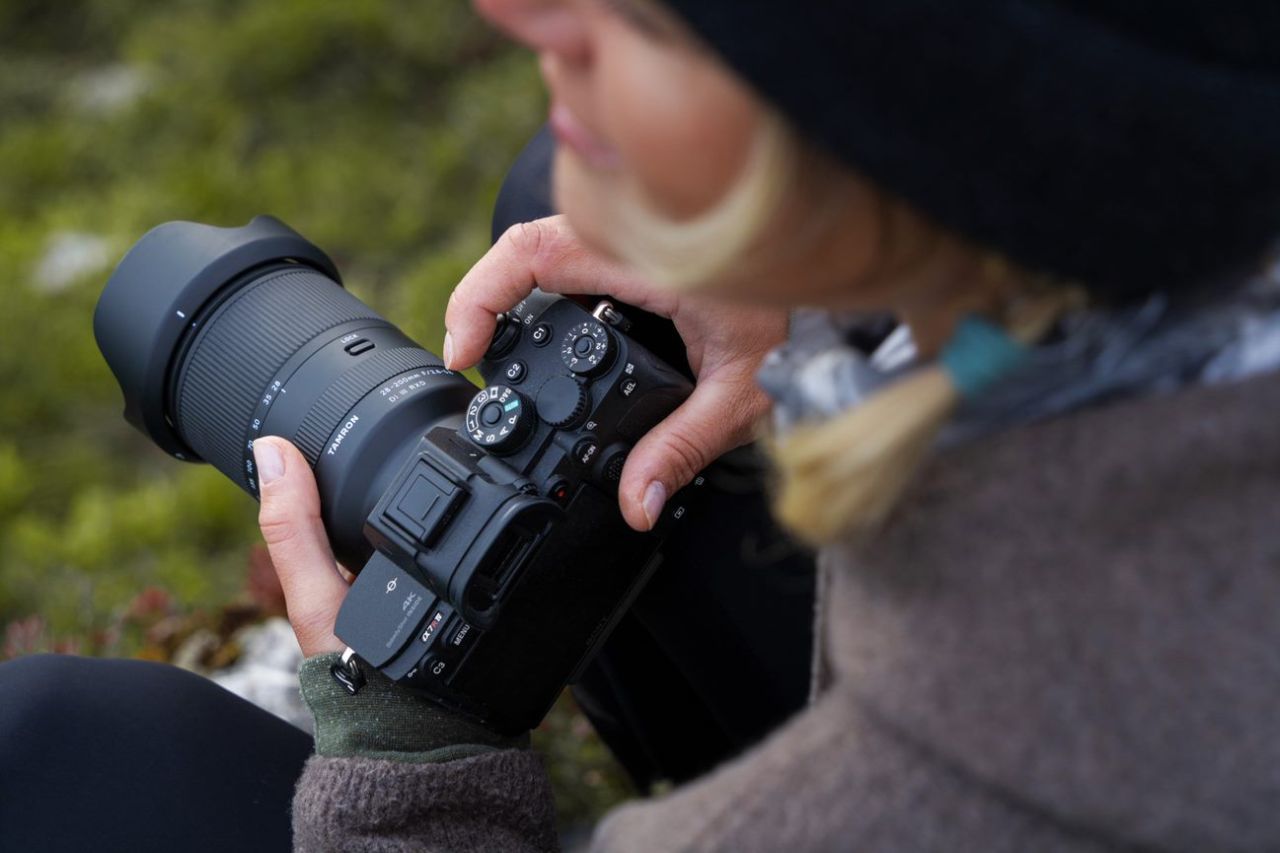
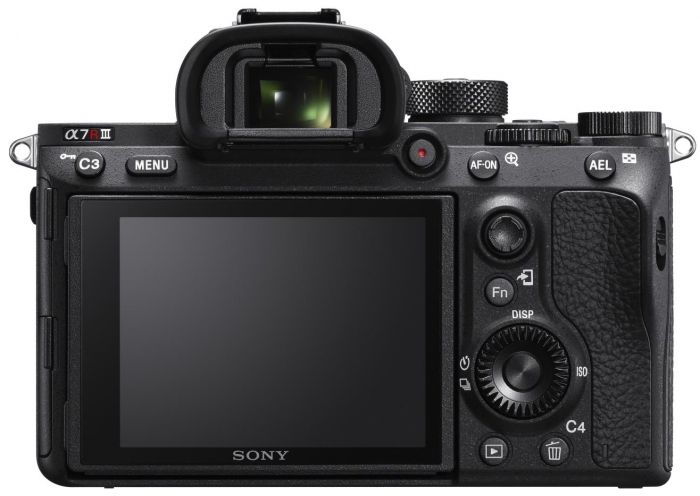
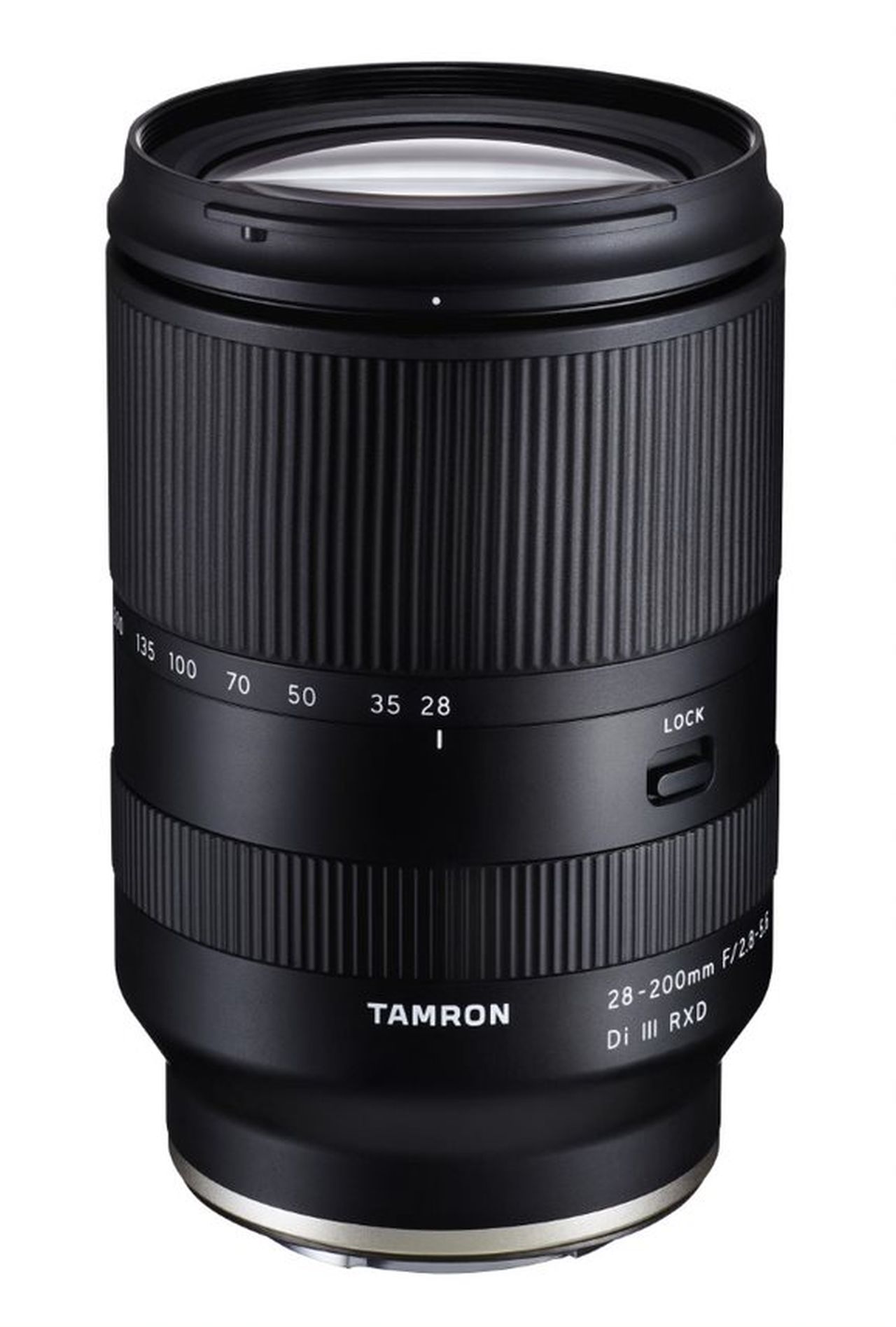

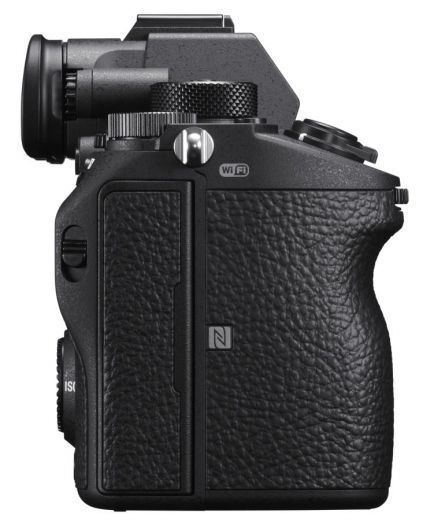
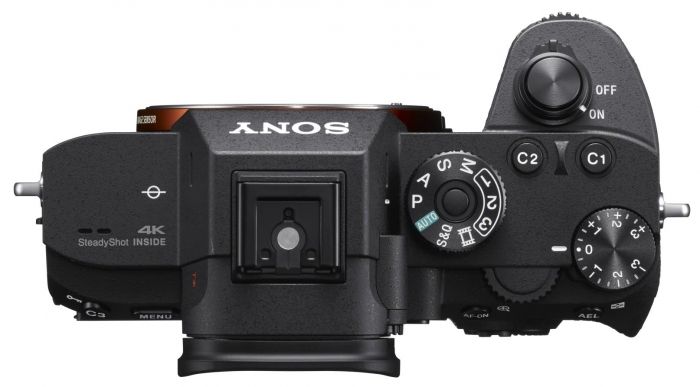
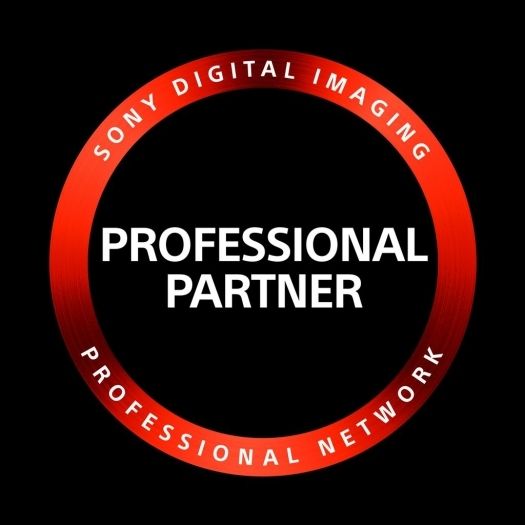
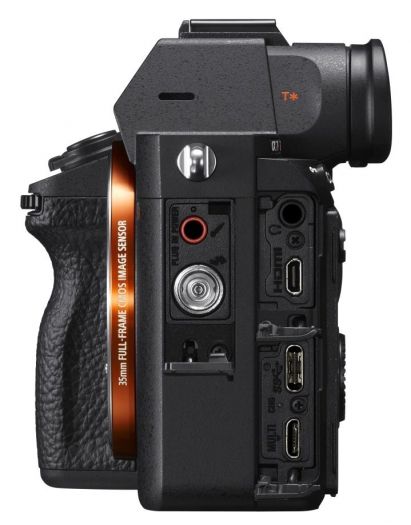
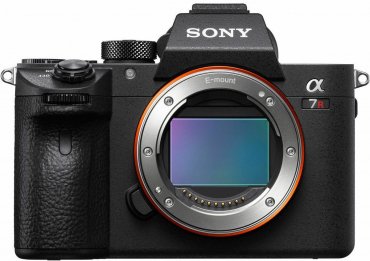
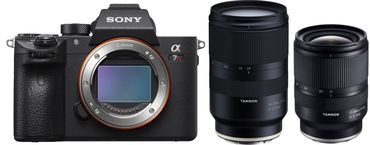
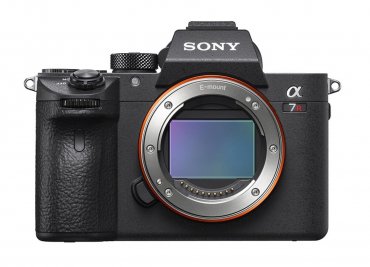
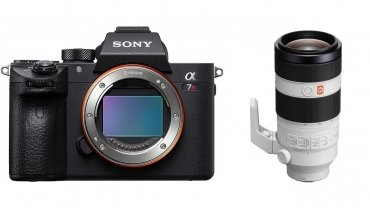

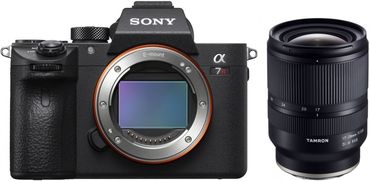
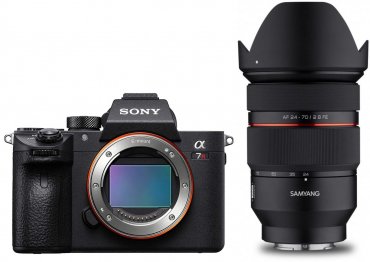
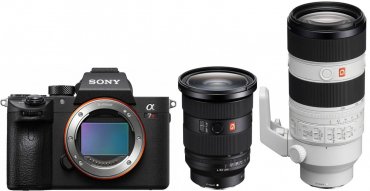
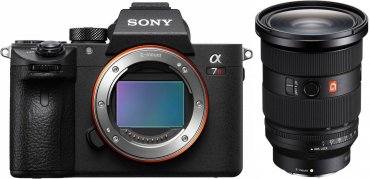
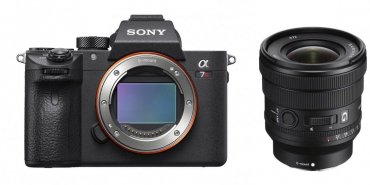
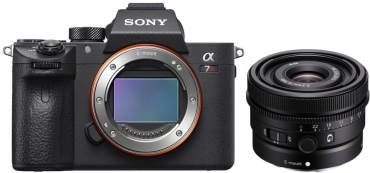
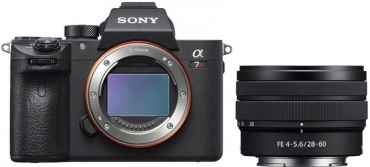
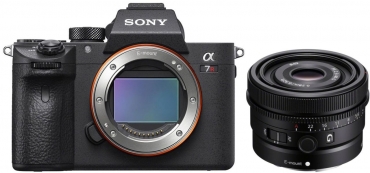
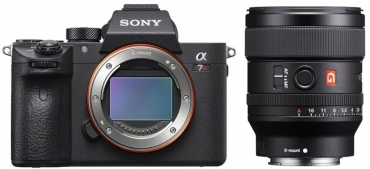
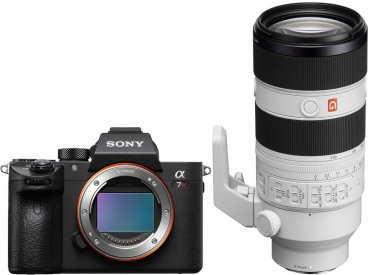
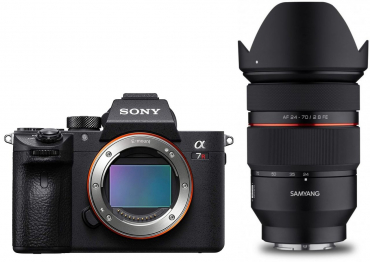

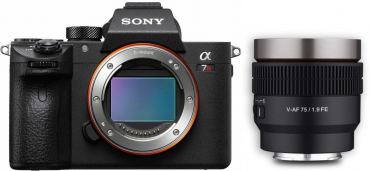

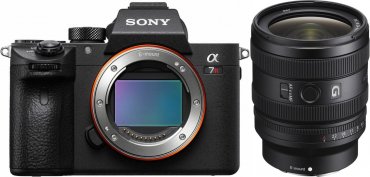


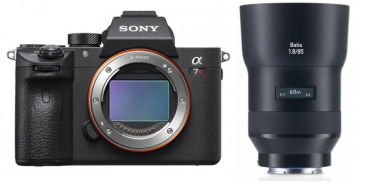
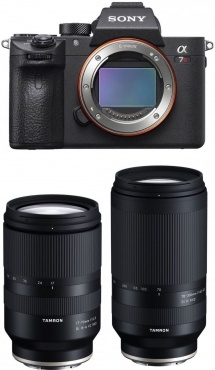
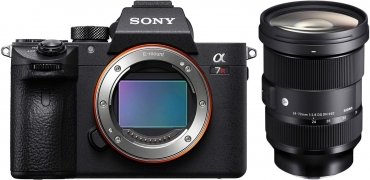
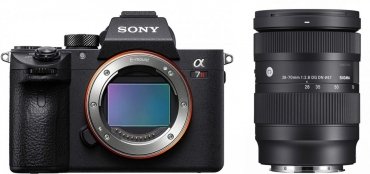
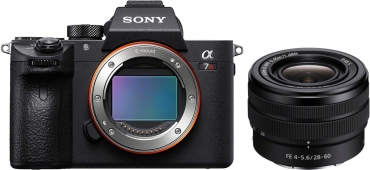
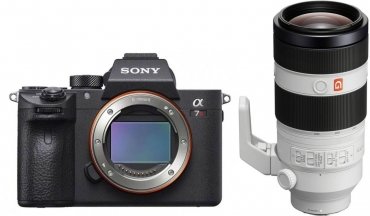
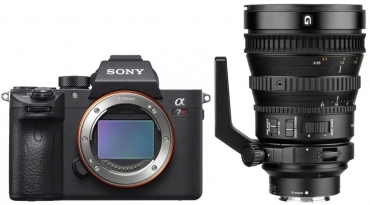
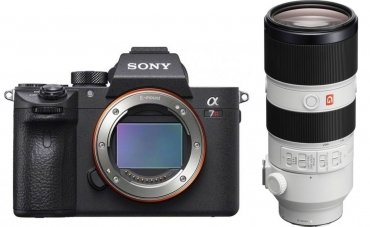
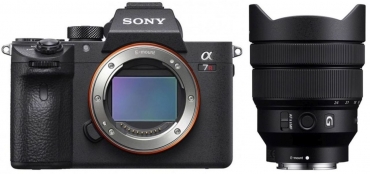
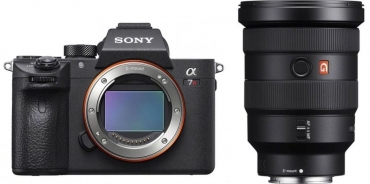
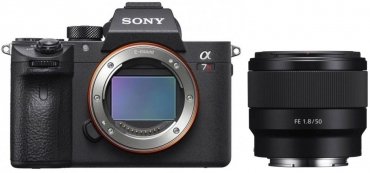
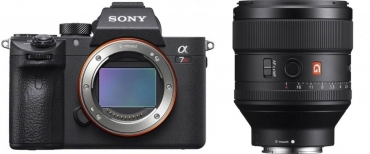
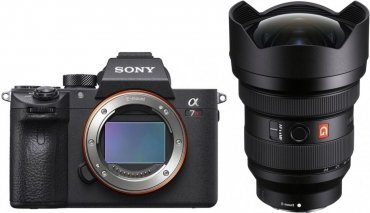
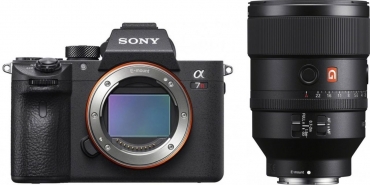
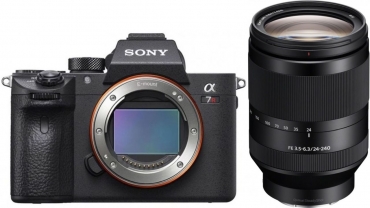



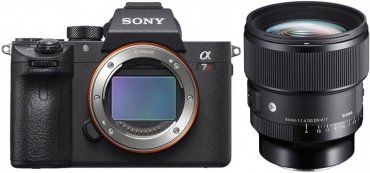
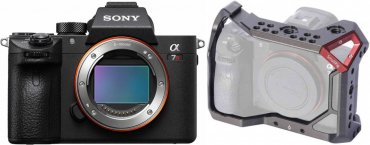
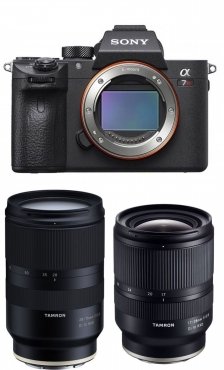
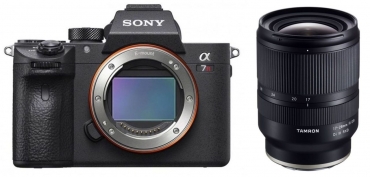
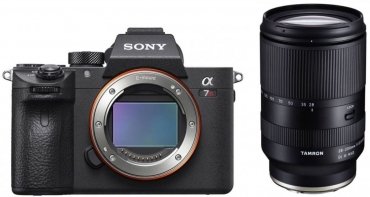
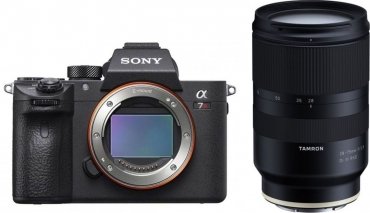
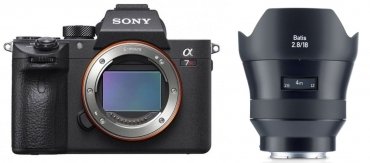

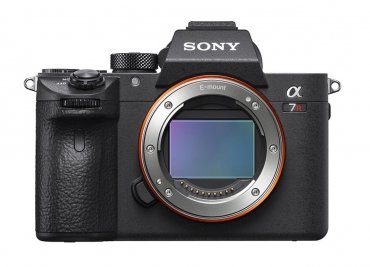

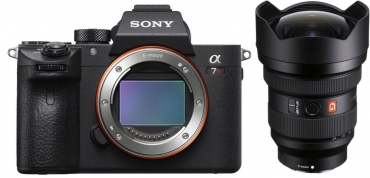
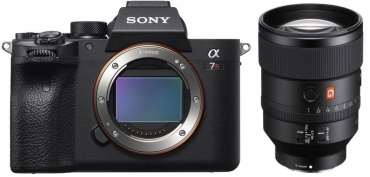
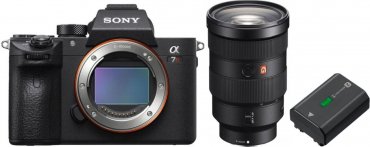
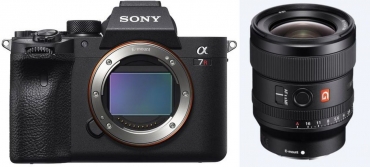
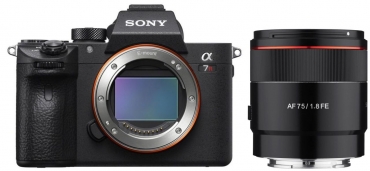
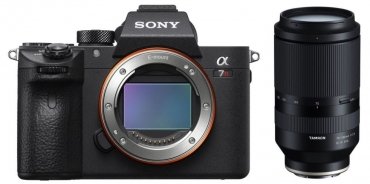
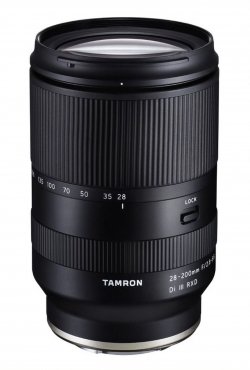

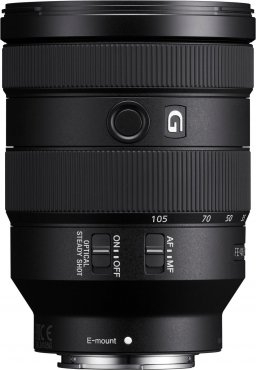

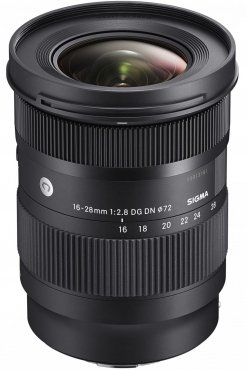

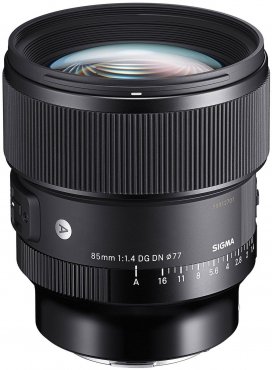
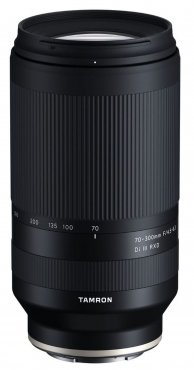
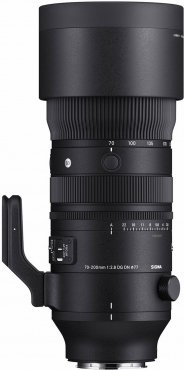
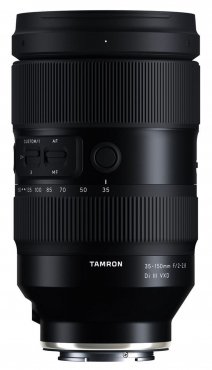
![Sigma 150-600mm f5-6.3 DG DN OS [S] Sony E-mount](https://media.foto-erhardt.de/images/product_images/thumbnail_images/907/sigma-150-600mm-f5-63-dg-dn-os-s-sony-e-mount-162814386990790304.jpg)
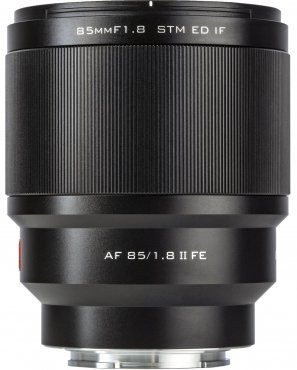
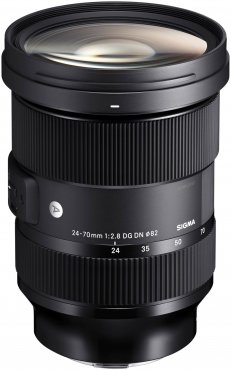
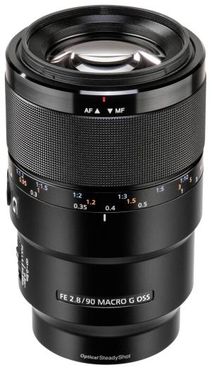
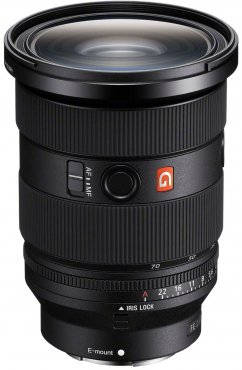
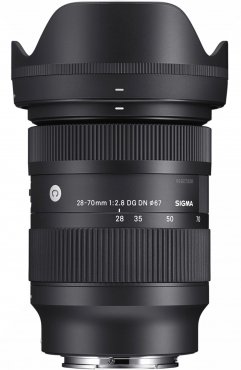
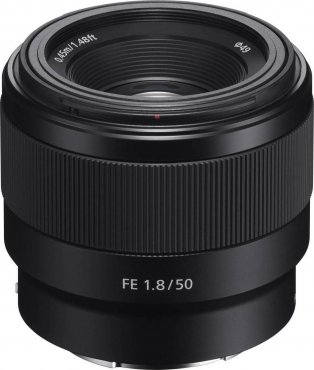
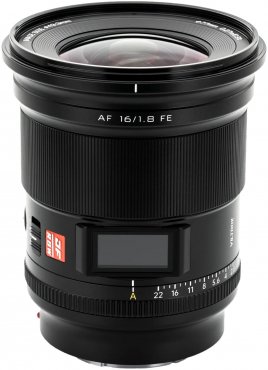


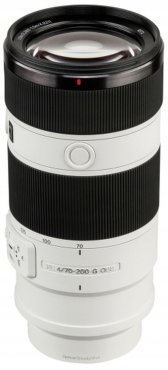

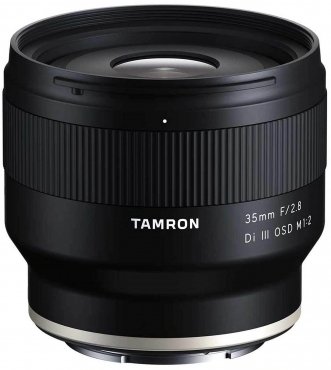
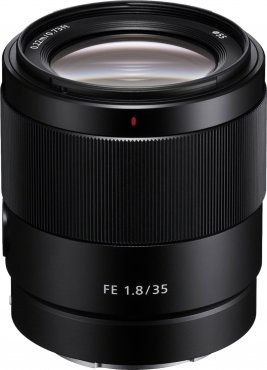
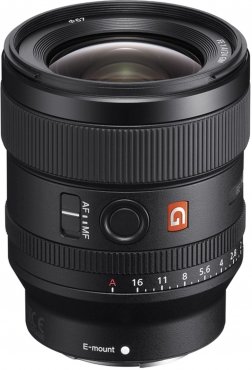
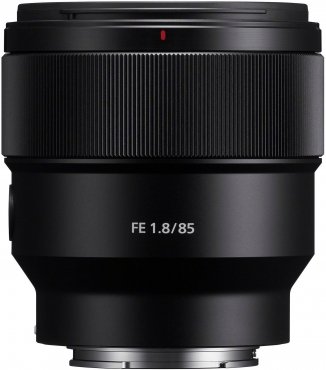
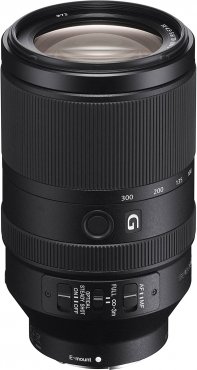
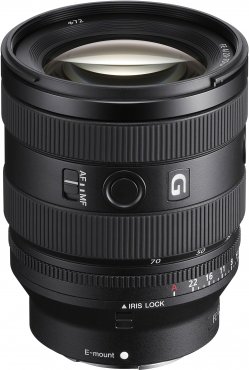

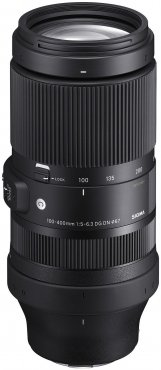
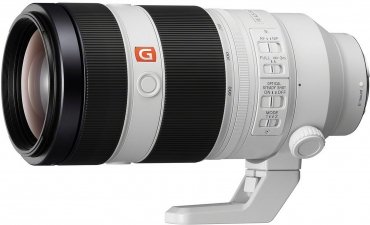
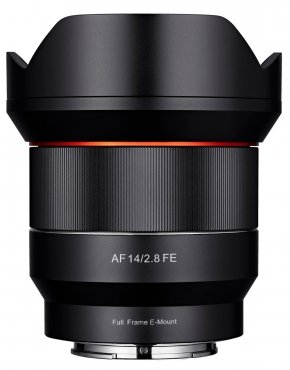
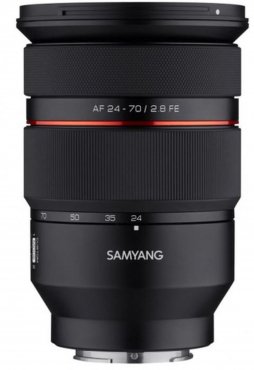
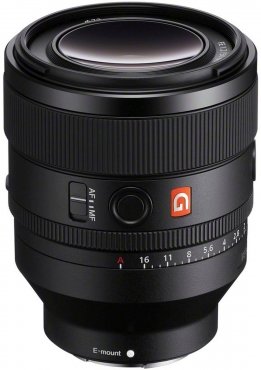
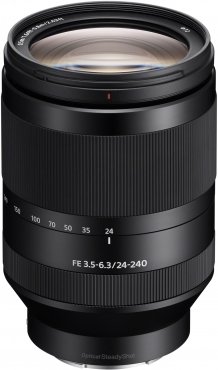
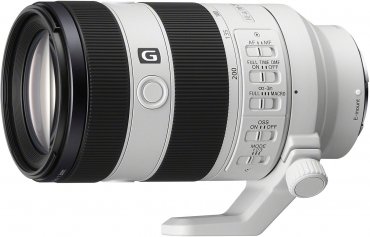
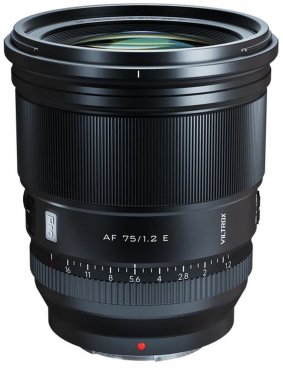
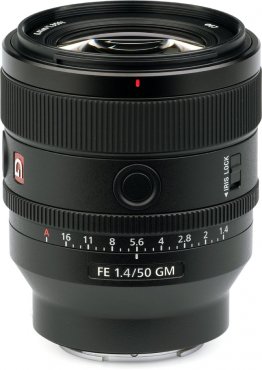
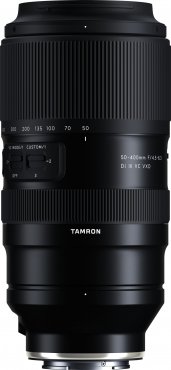
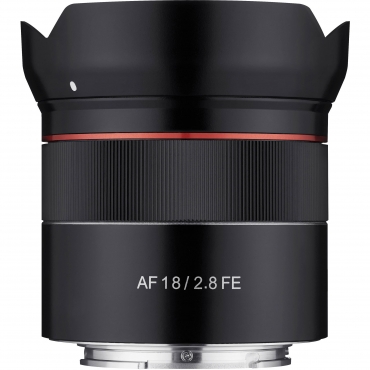
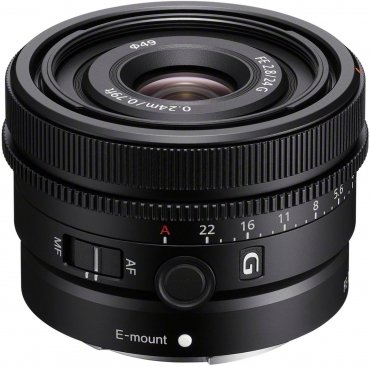
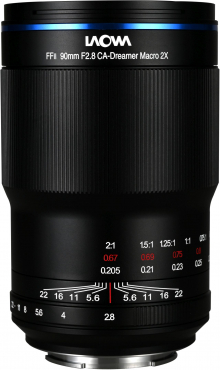

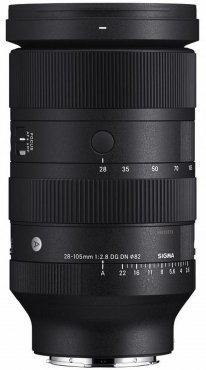
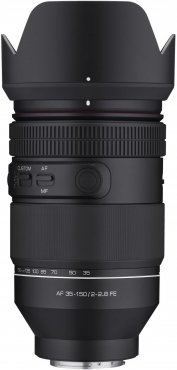
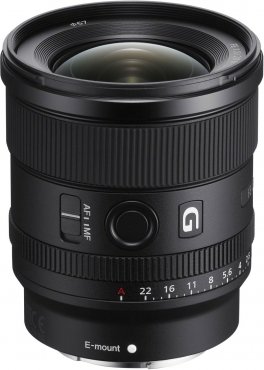
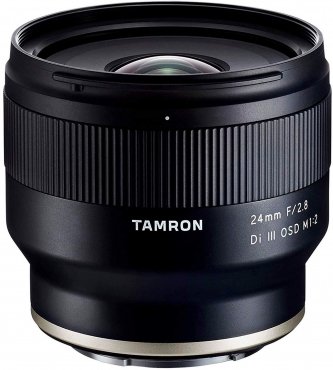

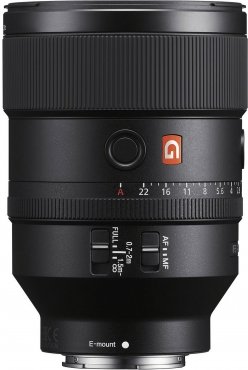
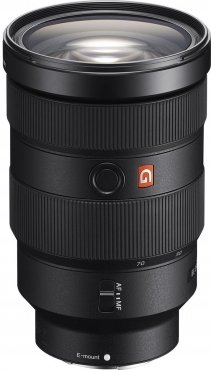
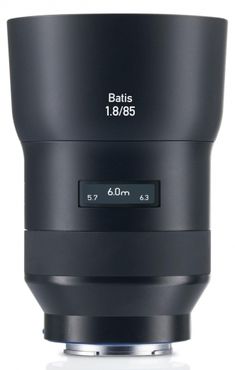
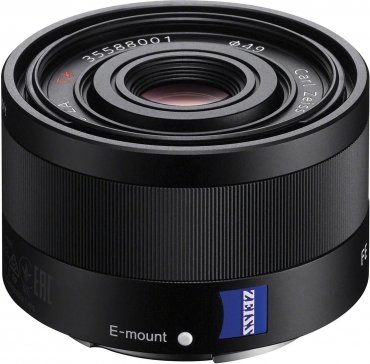
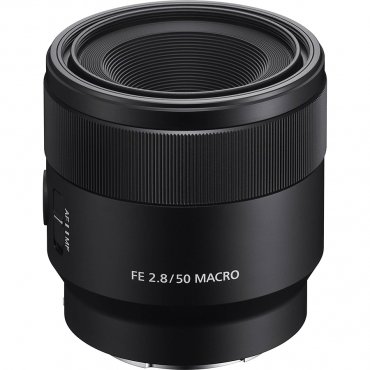
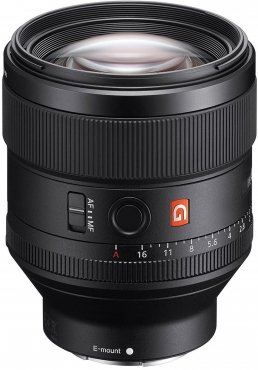
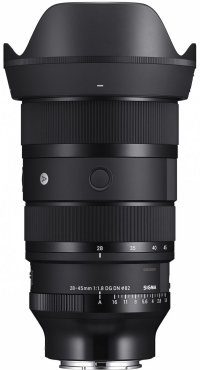

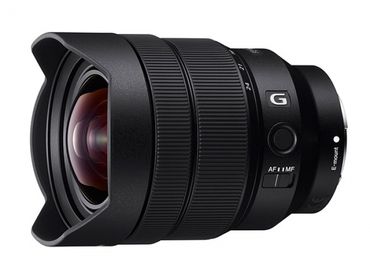

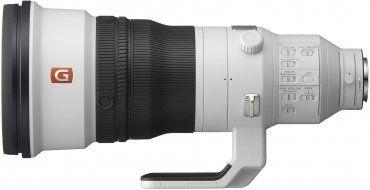
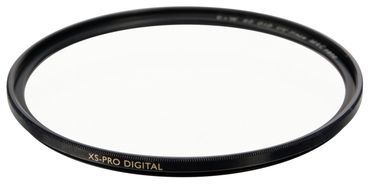

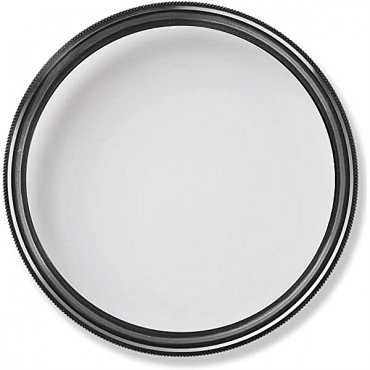
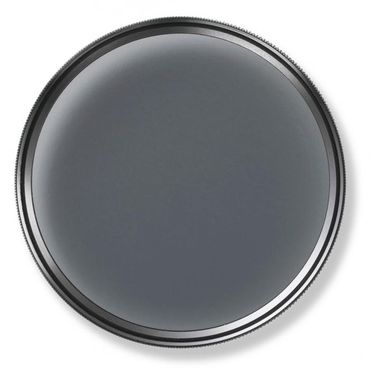
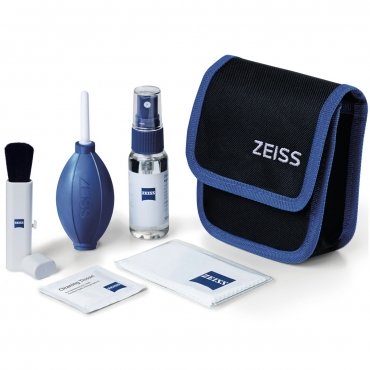
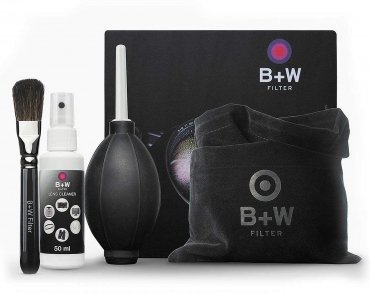

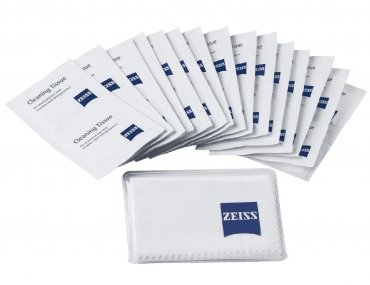
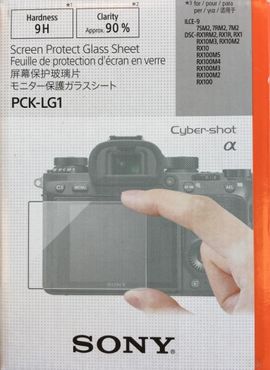


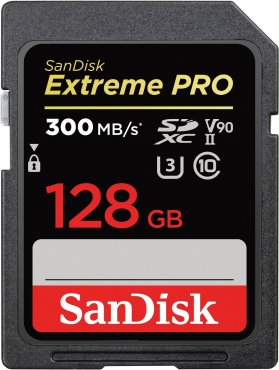
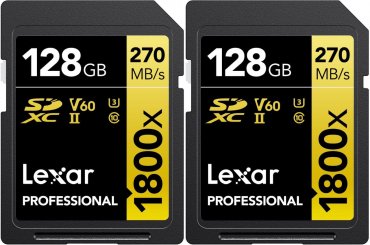
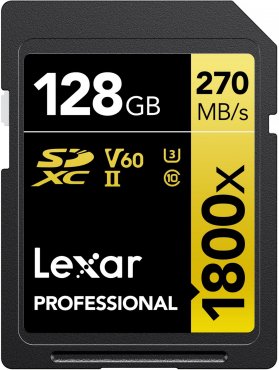

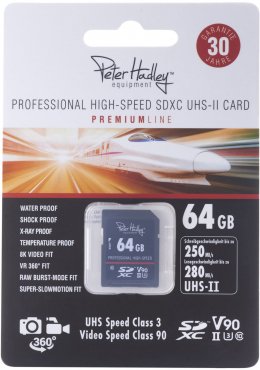
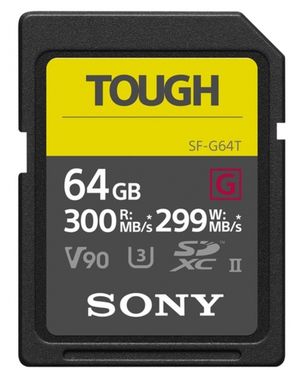
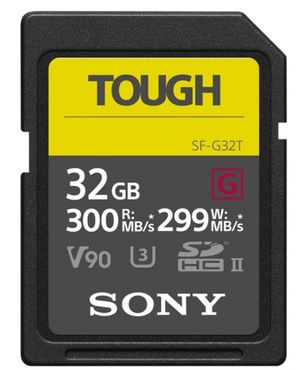

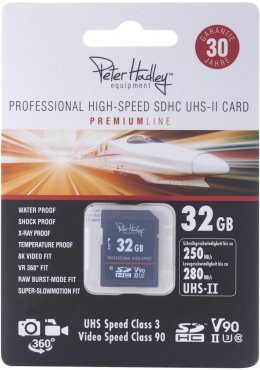
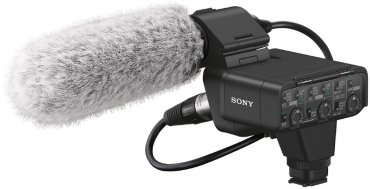
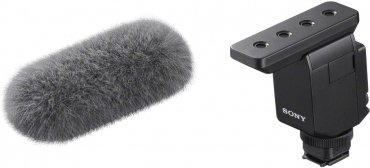

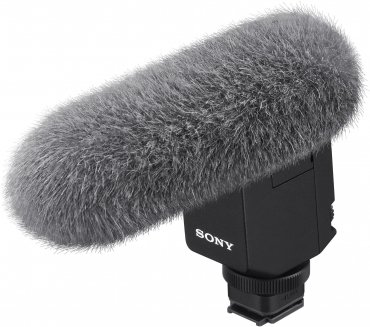
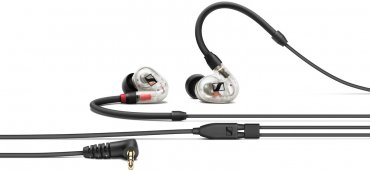
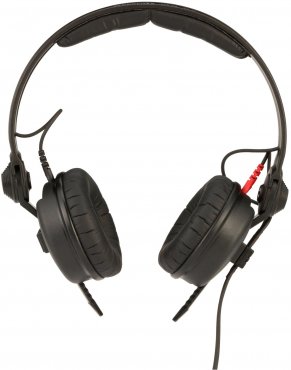
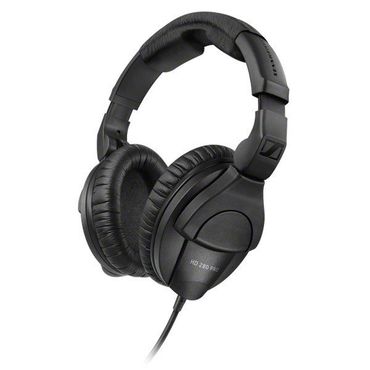


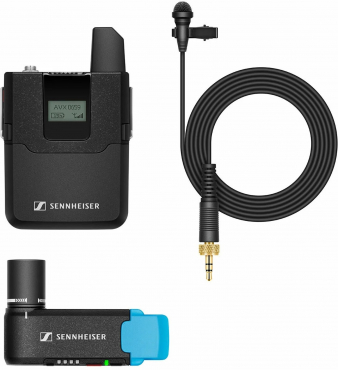
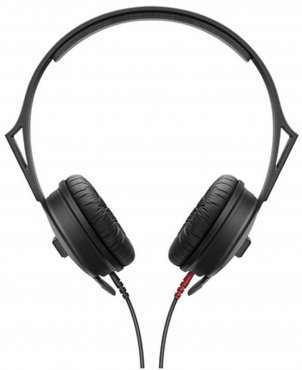
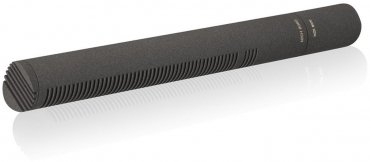

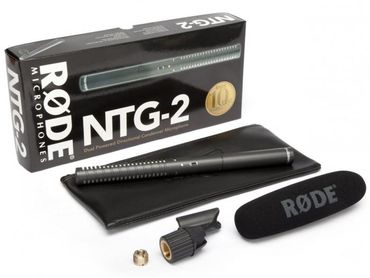
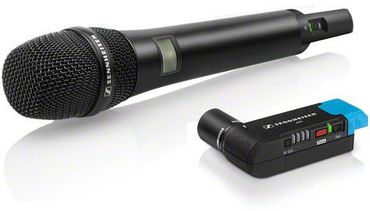
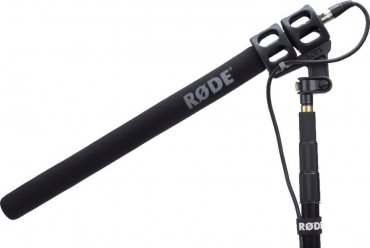

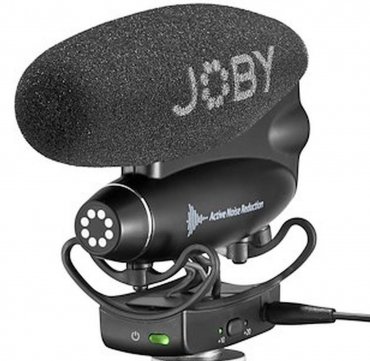


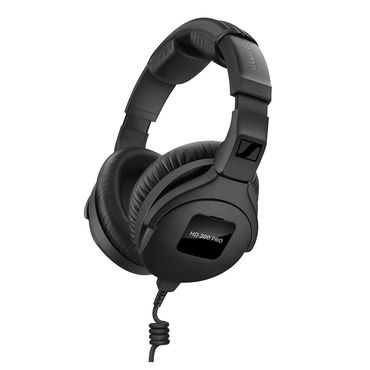


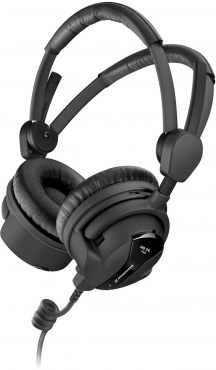


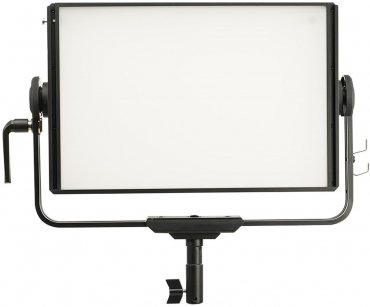

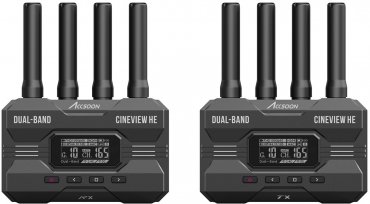

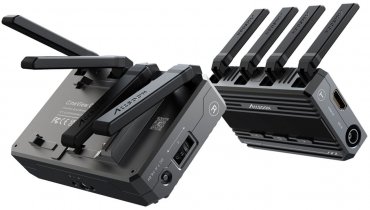
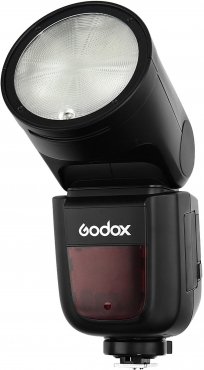

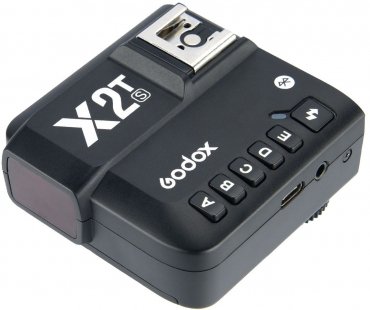
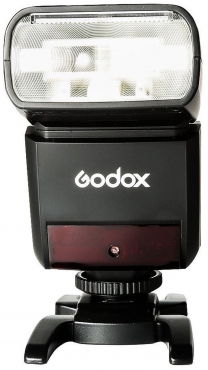
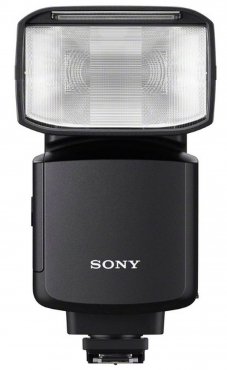
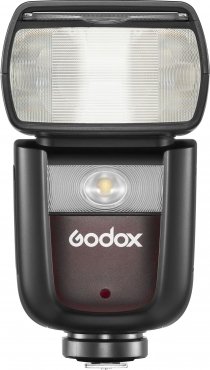
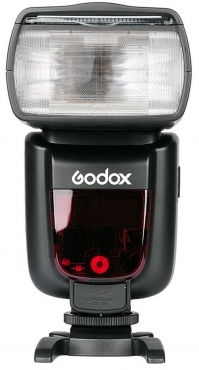
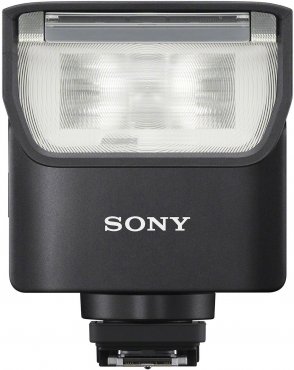
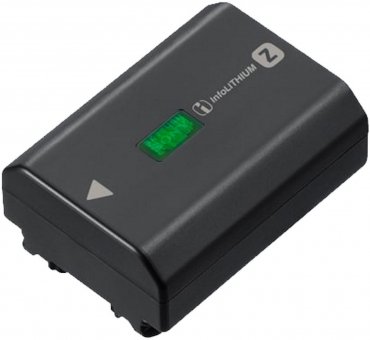
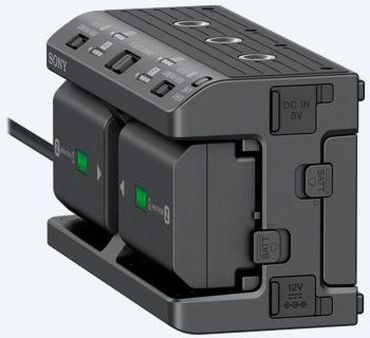
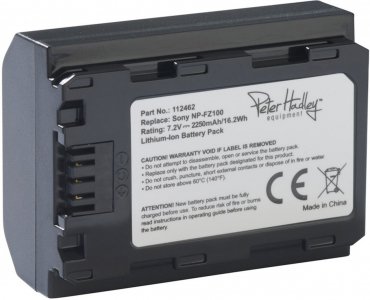
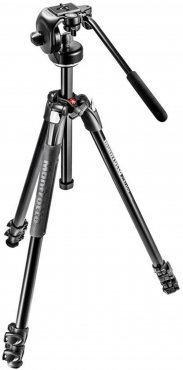
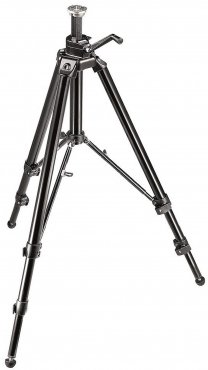
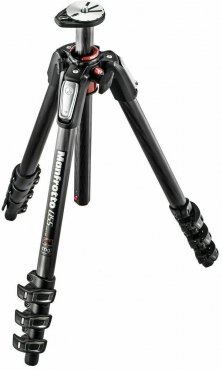


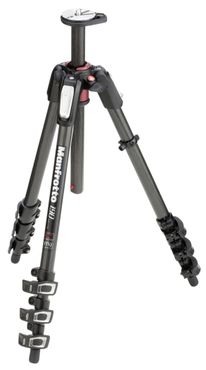
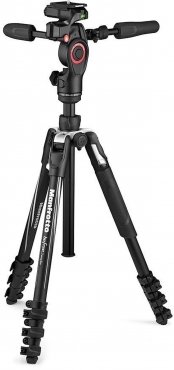
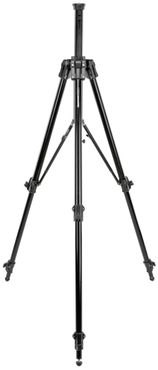

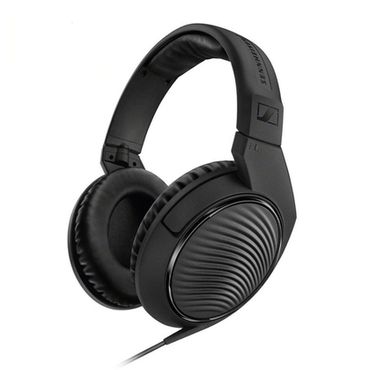
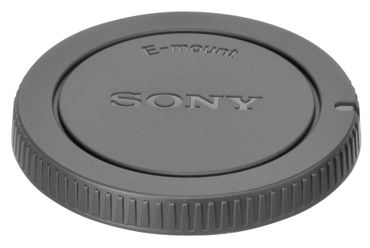
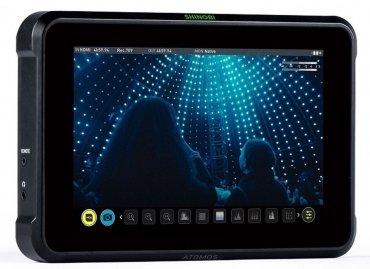

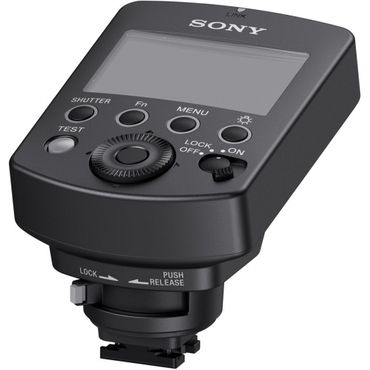
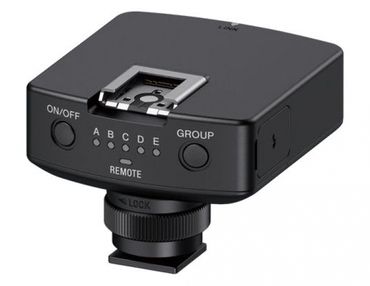
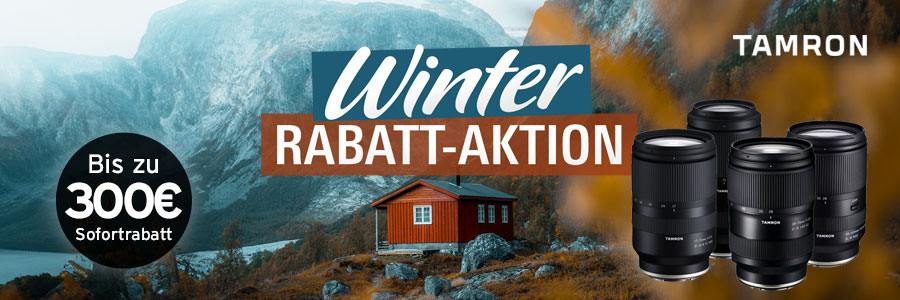
Simply subscribe and benefit as a newsletter recipient every week: